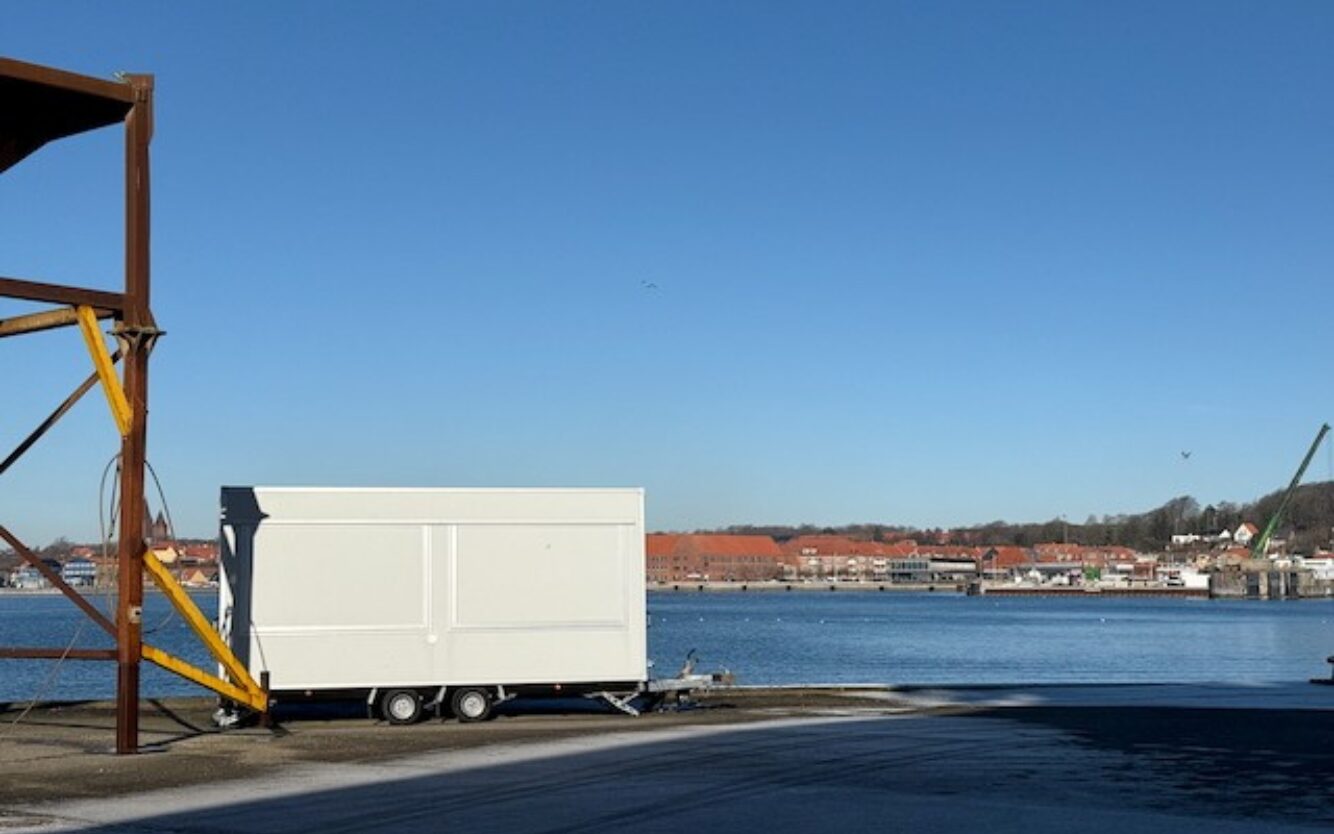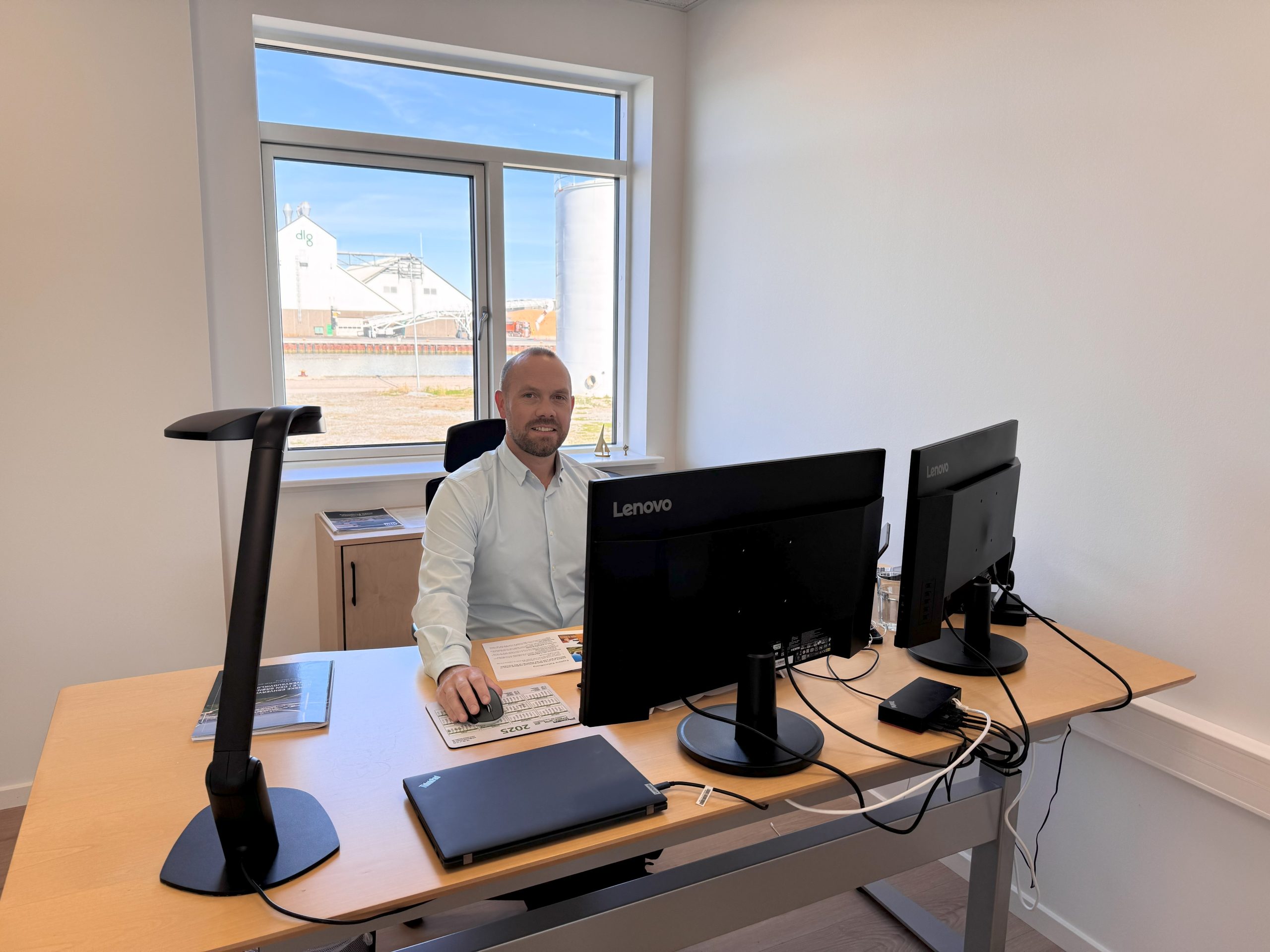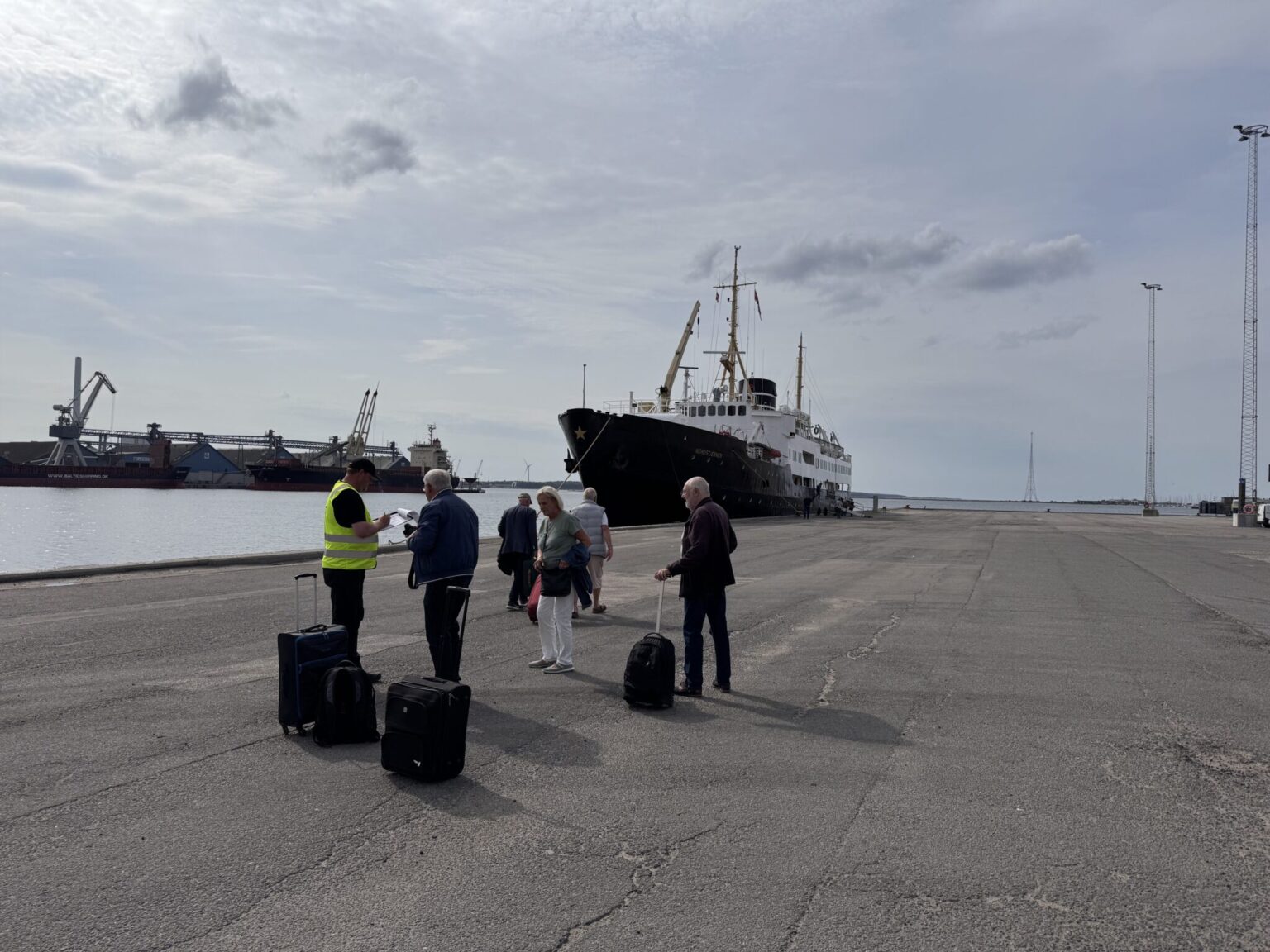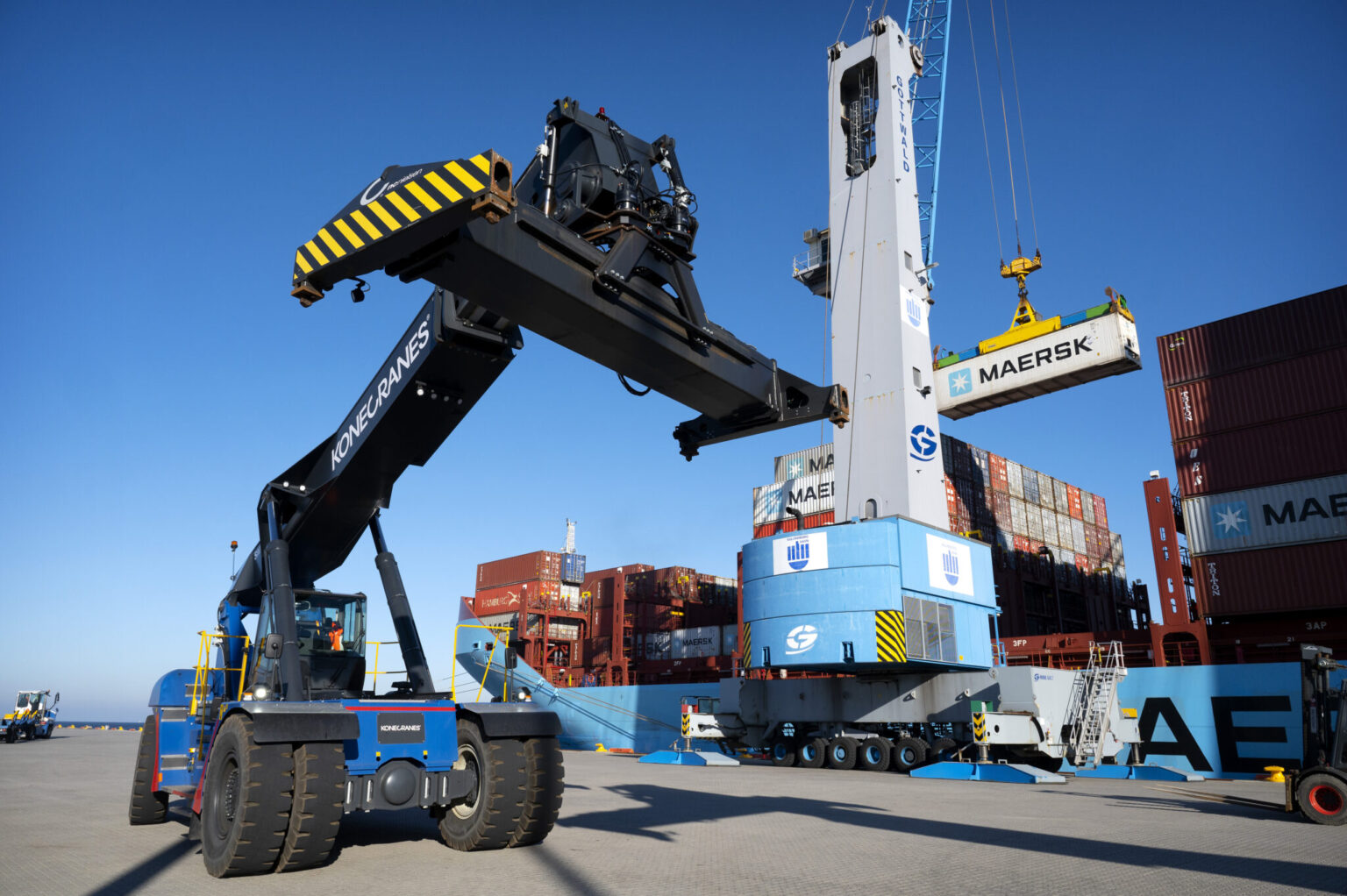Inspired by natural processes, carbon dioxide from a clean source or purified raw flue gas is captured with specially activated seawater, and when this comes into contact with ordinary seawater, it is converted into lime, which can be used in industry.
The project has been developed in collaboration with both Danish and international researchers, and the technology has the potential to capture and store CO2, while also producing valuable materials for industry.
Inspiration from Greenland's unique ikka pillars
The technology behind this process is inspired by the fascinating and unique ikaite columns in Greenland – also called ikka columns, as they are only found in the Ikkafjord in Southwest Greenland.
These rare underwater formations are naturally formed by the mineral ikaite, which occurs when spring water rich in carbonate compounds meets mineral-rich seawater under very special conditions. It is precisely this process that the technology mimics, and the method was developed based on research that some of the project's researchers have been involved in conducting.
By mimicking and optimizing the natural process in a test facility, researchers have succeeded in creating an effective new method for capturing and storing CO2, while producing very high quality calcium carbonate, which can be used for the production of, among other things, plastics and paints and in the construction industry.
“We have created a well-functioning test facility where we demonstrate in practice how CO2 can be bound through a highly optimized process that mimics and enhances the natural geochemical mechanisms behind the formation of the Ikka pillars in Greenland. The next step is to scale up the technology to an industrial pilot plant,” explains research leader Erik Trampe.
Scalable and energy-efficient solution for industry
A key aspect of the technology is that it converts the gas carbon dioxide into a stable, solid form, where it is permanently stored as lime. This makes the solution a crucial part of the strategy for CO2-reduction. In addition, it is a groundbreaking technology to benefit from the CO2, which is already present in the atmosphere and in the oceans.
The method is also highly energy-efficient and economically viable compared to other CCUS (Carbon Capture, Utilization and Storage) initiatives. Therefore, the method is particularly suitable for industry because it can be relatively easily implemented on a large scale without being costly or energy-intensive.
Port of Kalundborg supports green innovation
At the Port of Kalundborg, we are actively working to create the best framework for innovative and sustainable initiatives that can contribute to the green transition.
"At the Port of Kalundborg, we want to be an active player in the green transition, and projects like this can contribute to a more sustainable industry. By adding facilities to the test facility, we contribute to the development of future green solutions, and we hope that the collaboration with Ikkaton can pave the way for a broader industrial application of CO₂ capture and storage," says Port Director Bent Rasmussen.
That is why the Port of Kalundborg is pleased to dock at the test facility, where the new technology for CO2-fishing and lime production are being developed and tested. The facility is a good example of how port areas can help support the development of future climate solutions.
The research project is also supported by a number of investors, industrial players, research institutions and technology companies, and the strong support testifies to a strong belief in Ikkaton's potential and its ability to deliver a scalable solution within CO.2-reduction.
About Ikkaton
Ikkaton aims to optimize the process and make it ready for large-scale production. The project is based on a patented method that uses electrolysis to increase the capacity of seawater for CO2-bonding, combined with advanced technology for controlled formation of stable minerals. CO2 thus remains bound in calcium carbonate, where it is secured on geological timescales, making the solution a robust and long-term strategy for CO2-reduction.
The technology was developed in collaboration between Danish and international researchers who, among other things, have researched the unique ikaite columns in Greenland, which have also given their name to the project.
Read more about the project at iccaton.com.



